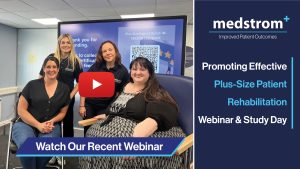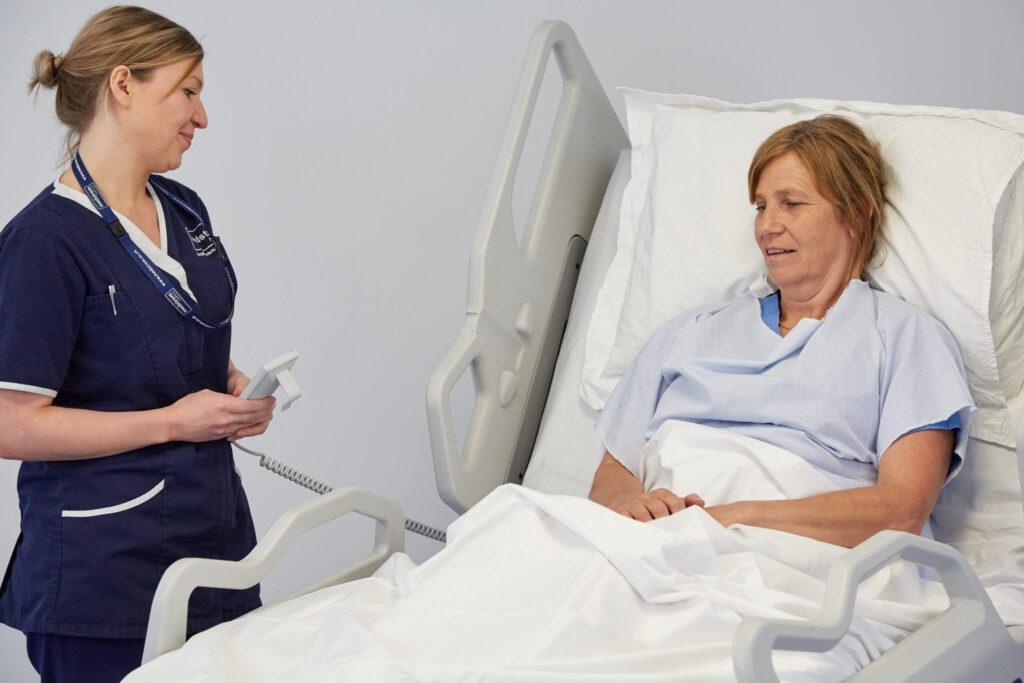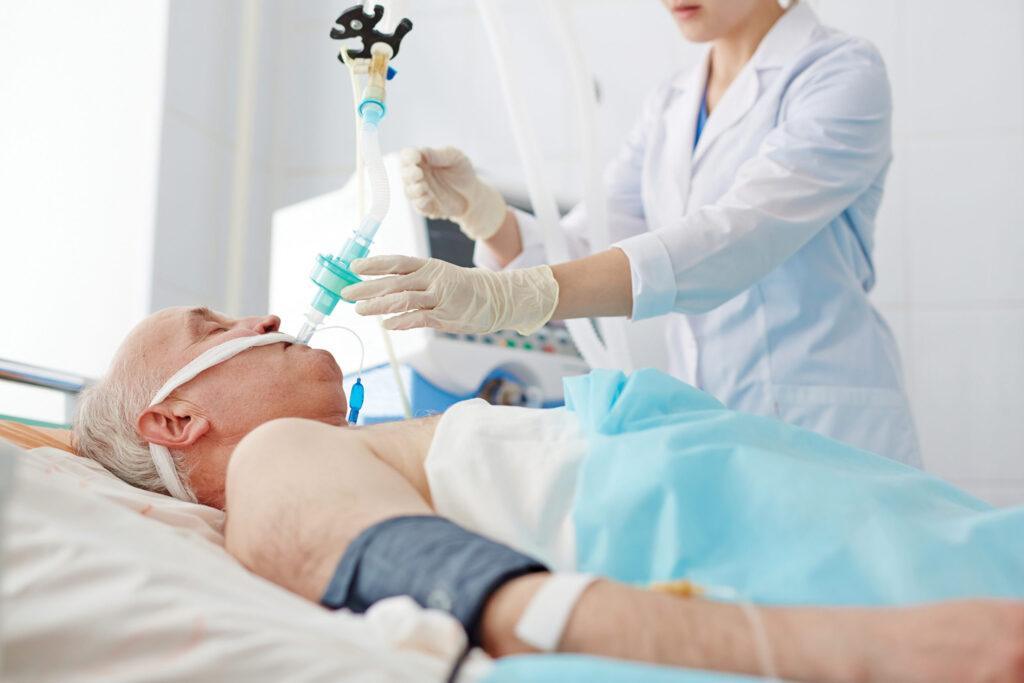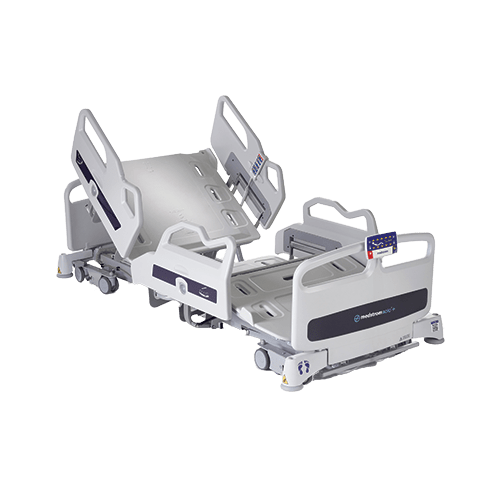
Case Study Poster – National Back Exchange Conference 2024
I’m Kirsty, National Bariatric Lead at Medstrom. In this post, I talk about an anonymised case study poster I wrote, which describes my real-life experience of helping one particular patient. The poster was accepted and presented at the 2024 National Back Exchange Conference.
Below is a short introductory video I made before the conference, giving an overview of the case study. But if you prefer to read about it, please scroll down, or download the poster here.
Introduction
This case study poster is about a plus-size patient’s mobility challenges from hospital admission to discharge home, and how she overcame them.
Patient H (age 38) was admitted to hospital following increasing shortness of breath, worsening sleep apnoea, and severe cellulitis to her abdomen and both legs.
She weighed over 300kg on admission. Prior to hospital admission she was able to walk short distances unaided. Other comorbidities/past medical history included:
- Oedema
- Cellulitis
- Sepsis
- Pressure ulcers
On admission, she had an oedematous pannus with extensive moisture damage underneath. Additionally, a previous open wound to her pannus left friable scar tissue after healing, at high risk of breakdown.
 Clinical Challenges
Clinical Challenges
- Skin integrity
- Immobility with associated complications
- Risk of permanent loss of ability to walk
Patient Objectives
- Early mobilisation
- Improve skin condition
- Prevent further skin breakdown
- Walking ability back to baseline
- Achieve ‘medically fit for discharge’ status
Equipment Assessments and Changes
Patient H’s equipment was changed a total of four times during her three month hospital stay, to reflect her changing needs and better support her rehabilitation and recovery:

Two: Once Patient H was well enough to get out of bed, a gantry hoist and Riser-Recliner PRO chair were introduced. Using the hoist preserved her energy for standing practice, and allowed her to sit out of bed.
Three: After a setback, where she developed sepsis and was bedbound again for two weeks, Patient H resumed getting out of bed, and became well enough to start standing. To help achieve this, we introduced the Octopanus support belt. This gave a dramatic improvement in her ability to stand.
Four: When Patient H was ready to start walking, a bariatric walking vest, rotunda, and shower chair/commode were brought in.
Outcome
Three months after admission, Patient H’s mobility was back to her pre-admission level, and she went home. She no longer needed the Octopanus to walk, although she still used it for personal care. Her skin had improved, with no new areas of damage. She achieved all of her objectives.
Conclusion
This case study demonstrates how the right equipment, when used at the right time, is fundamental to achieving the best patient outcomes. But from a human perspective, these were my own thoughts:
“I’m not too proud to say, I actually cried when the physiotherapist called me to say that Patient H had stood and taken steps, as it was such a monumental achievement for her. I was so proud of her, and felt truly honoured that I’d been able to help her throughout her journey from hospital to home.”








 Clinical Challenges
Clinical Challenges
